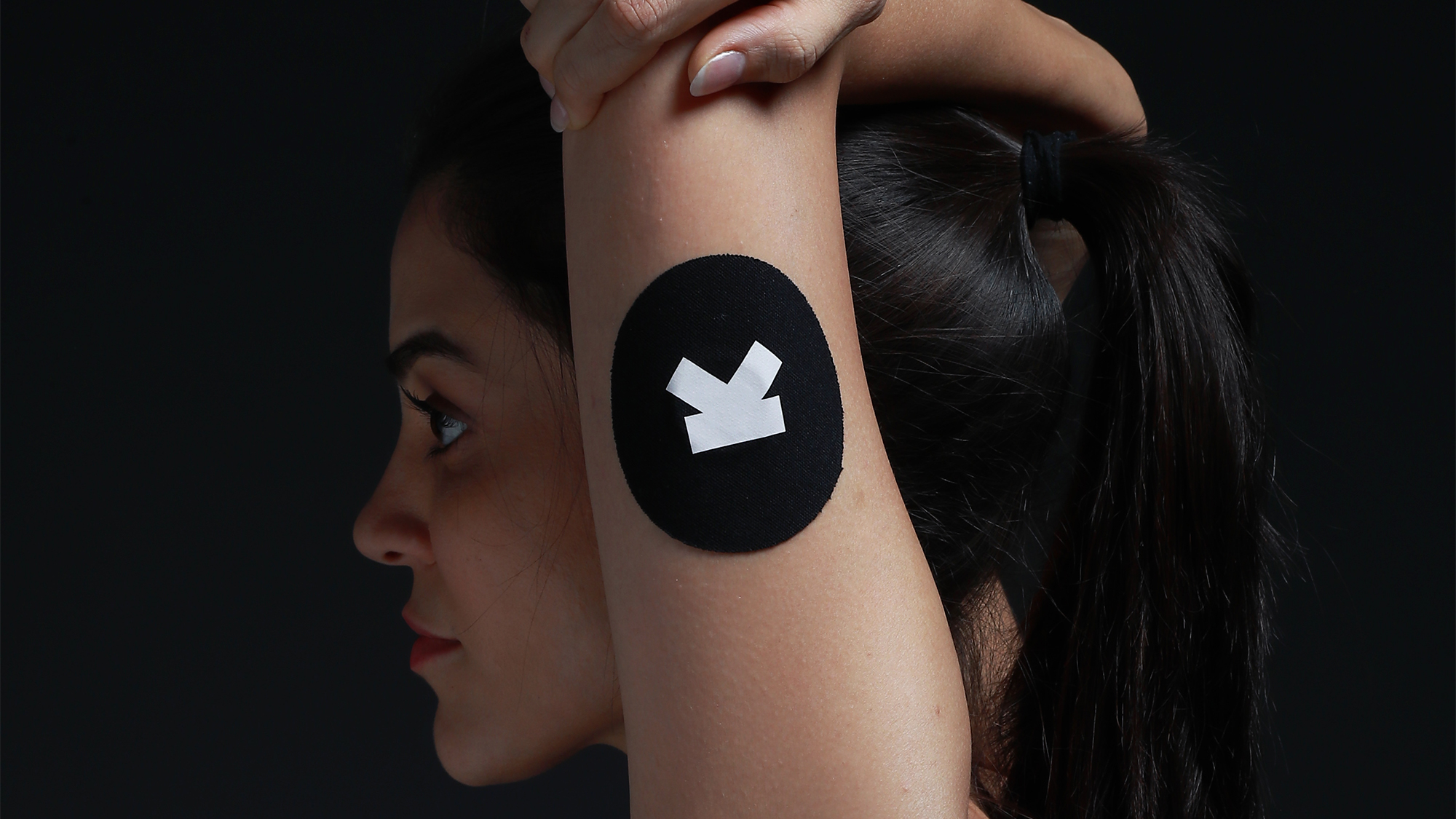The Ultrahuman M1 continuous glucose monitor finally gets its long-awaited US launch
We've been waiting

It's already been available in countries such as the UK, the Netherlands, and India for years, and now the Ultrahuman M1 CGM (Continuous Glucose Monitor) is finally available in the US too, with a choice of subscription plans attached.
You can order the Ultrahuman M1 CGM now in a variety of bundles (as spotted by T3). It costs $239 for a month (with two sensors), $559 for three months (six sensors), or $1,919 for a year (a total of 26 sensors). That's with the current 20% offer applied, which will only last for a limited time.
The math isn't difficult to do: these sensors need replacing every two weeks. They sit on the back of your arm, feeding back all kinds of useful metabolism data to the companion app running on your phone.
You get a bunch of insights around how your dietary choices, sleep patterns, and exercise workouts affect glucose levels, and from there how efficiently your body is operating. Metabolism feeds into everything from athletic performance to disease risk.
Approved for use

You can wear the Ultrahuman M1 in bed, during strenuous activities, and even in the pool (it's water resistant to a depth of two meters for 30 minutes). The idea is that you never take it off, until it needs to be replaced.
At the heart of the M1 is the Abbott FreeStyle Libre, a medical-grade CGM sensor approved by the US Food and Drug Administration (FDA). That gives the device clearance to be marketed as a glucose monitor, and guarantees a certain level of accuracy.
However, as with other continuous glucose monitors in the United States, a medical consultation is required before you can buy the Ultrahuman M1 CGM. You'll also need to see a state-authorized physician as part of the ordering process.
Get daily insight, inspiration and deals in your inbox
Sign up for breaking news, reviews, opinion, top tech deals, and more.
Blood glucose monitoring is something smartwatch makers including Samsung and Apple are working hard to develop too – but it's a lot more difficult to gauge using wearables sensors, compared to a patch stuck to your skin.
You might also like

Dave is a freelance tech journalist who has been writing about gadgets, apps and the web for more than two decades. Based out of Stockport, England, on TechRadar you'll find him covering news, features and reviews, particularly for phones, tablets and wearables. Working to ensure our breaking news coverage is the best in the business over weekends, David also has bylines at Gizmodo, T3, PopSci and a few other places besides, as well as being many years editing the likes of PC Explorer and The Hardware Handbook.